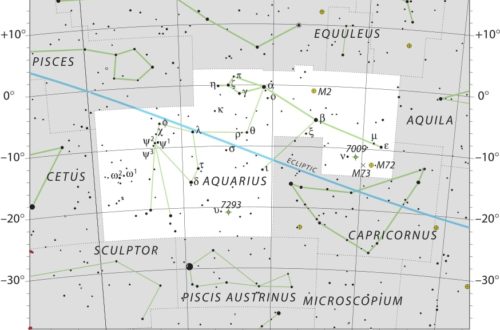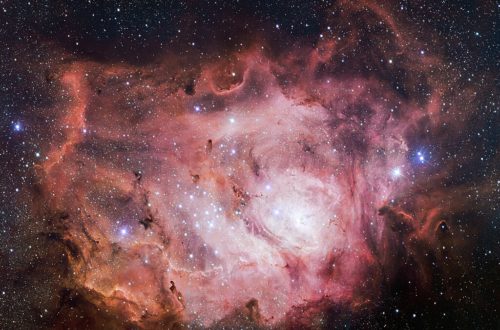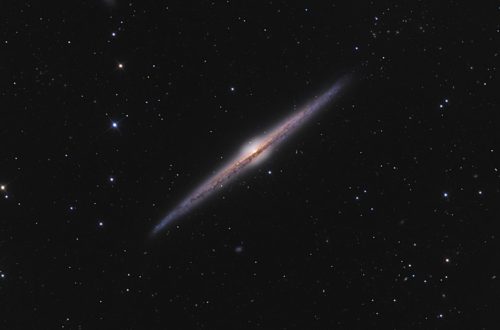Monthly Stargazing Calendar for February 2012
Looking for the February 2024 stargazing calendar?
The best chance to see Mercury will be from February 20 to March 12. The planet will, from our point of view, have moved far enough from the Sun’s glare to be visible shortly after sunset. Mercury will reach greatest elongation from the Sun on March 5, reaching a relatively bright magnitude of about -1. This will be your best chance to see the planet this year.
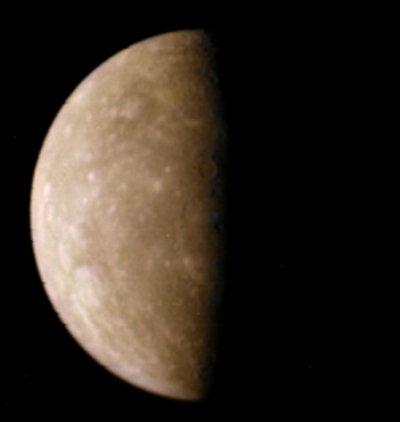 Mercury as seen by Mariner 10
Mercury as seen by Mariner 10
Would you like to be notified of stargazing events?
Moon phases
As you know, the Moon has a big impact on the visibility of celestial bodies in the night sky. So here are the Moon’s phases for this month:
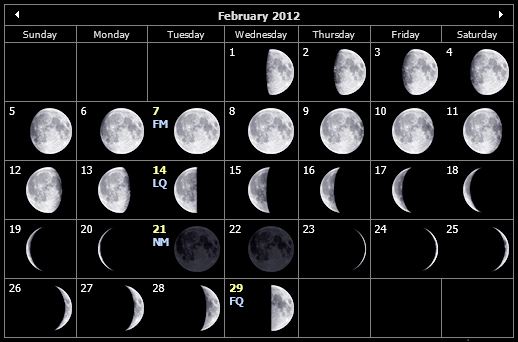
Positions of the planets this month
Mercury: The closest planet to the Sun can be seen at dawn and dusk in the constellation of Capricornus. This planet, being the closest to the Sun, will appear to move quickly in the night sky and its position will change in the following weeks.
Venus: The sister planet can be seen between the constellations of Pisces, Cetus, and Aquarius, not far from the planet Uranus. Just like Mercury, Venus can only be seen at dawn and dusk.
Mars: The red planet can be seen between the constellation of Leo and Virgo, not far from the bright star Denebola.
Jupiter: The gas giant is visible between the constellations of Pisces, Cetus and Aries. Jupiter can easily be spotted with the naked eye, even in highly illuminated cities.
Saturn: The ringed giant can be seen with the naked eye in the middle of the Virgo constellation, not far from the bright star Spica.
Uranus: The gas giant can be seen between the constellations of Pisces and Cetus with the use of a telescope.
Neptune: The blue giant requires a telescope pointed in the constellation of Aquarius in order to be seen.
Major astronomical event next month
- March 3 – Mars at Opposition.
- March 14 – Conjunction of Venus and Jupiter.
- March 20 – March Equinox.
See also:
- Previous month’s calendar: Stargazing Calendar for January 2012
- Next month’s calendar: Stargazing Calendar for March 2012
Would you like to receive similar articles by email?



